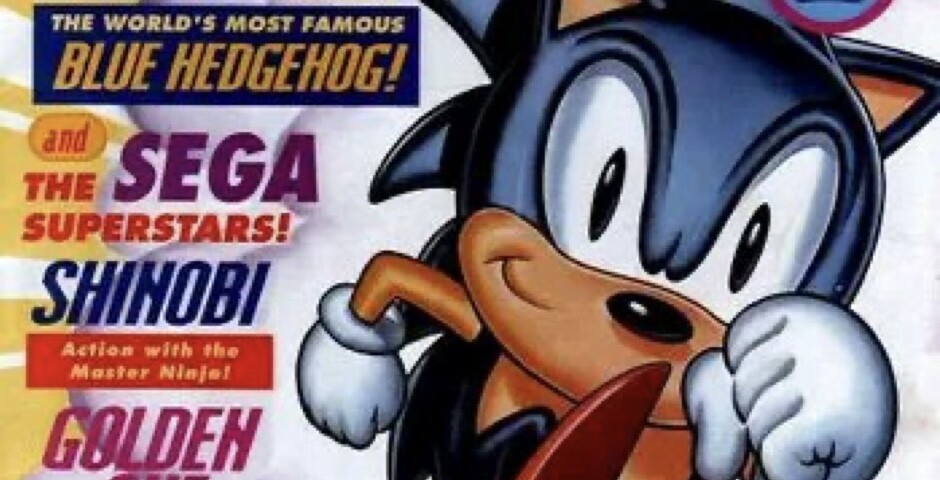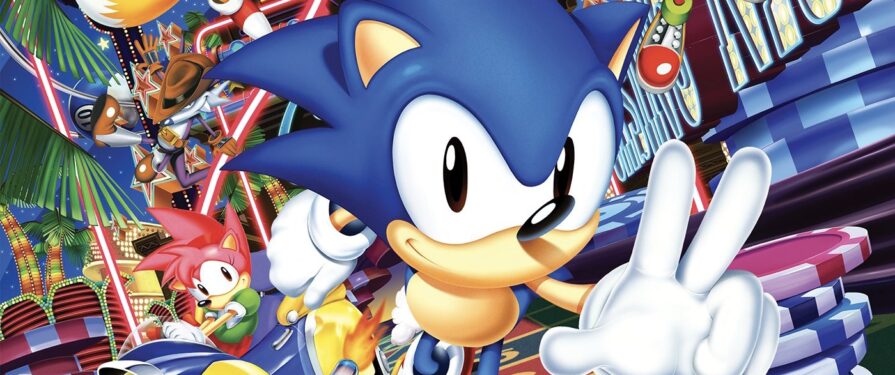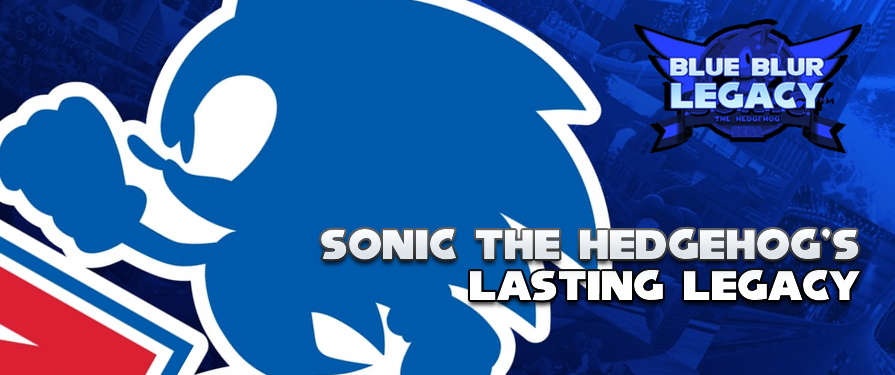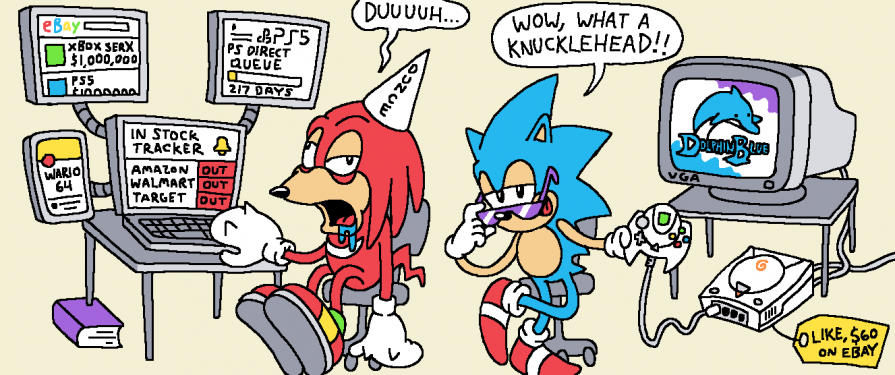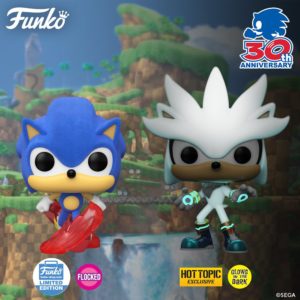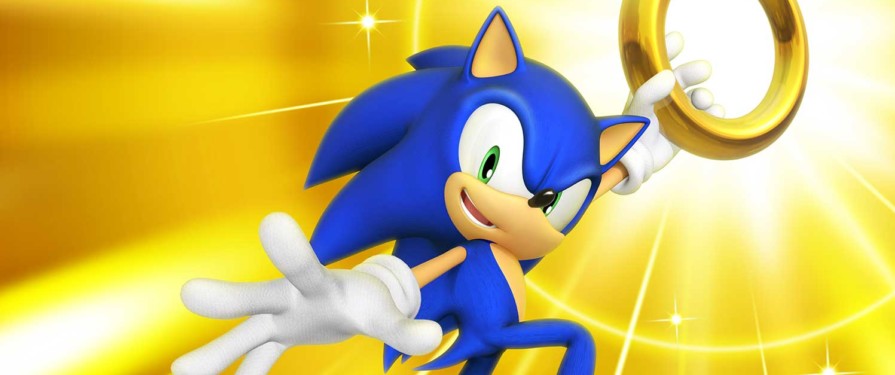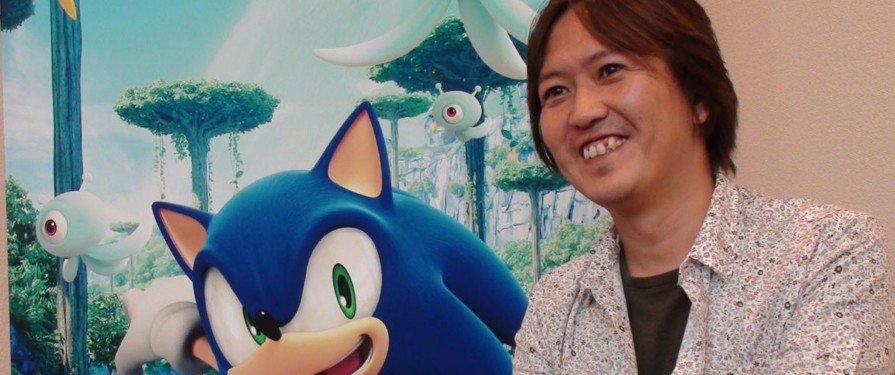Thirty years ago today, the very first issue of Egmont Fleetway’s Sonic The Comic hit store shelves in the UK. And with it began a revolution in video game universe storytelling that gripped an entire generation.
‘STC’ initially started out as a more general SEGA-themed comic book that happened to feature Sonic the Hedgehog as the headliner. Early issues always had a one-shot Sonic story at the front, but also ran strips for other Mega Drive titles such as Ecco the Dolphin, Golden Axe, Streets of Rage and even Decap Attack.
The first few Sonic adventures were pretty simple affairs, without much substance beyond the blue blur taking on Dr Robotnik’s “mean trap of the day”. But Sonic the Comic really came into its own some ten books in, when writer Nigel Kitching decided to break away from one-shot stories and introduced a universe-setting event that would allow for much more interesting plots and multi-issue arcs.
As the comic evolved, so too did the complexity of the characterisations of SEGA’s mascot and his friends. Sonic, as a hot-headed leader of a pressed team of freedom fighters, often plays against incredible odds in order to take back Emerald Hill and the rest of Mobius from Robotnik’s rule, while Knuckles’ ancestry and duty to Angel Island is explored through multiple side stories and adventures with the Chaotix crew.
And while the Fleetway team was careful to stay incredibly close to the video game source material (unlike the US Sonic comic of the time by Archie Comics, which leaned more towards the DiC cartoon universe), in doing so they were able to create original, vicious enemies that really felt like they could have belonged in a Mega Drive game. Robotnik’s near-invincible robot general Brutus gave Sonic – and Robotnik – a serious challenge, while the Brotherhood of Metallix took the Metal Sonic concept and evolved it into something more of a creepy and incredibly dangerous robo-cult bent on transforming the universe.
Over the years, characters such as Tails, Knuckles and Amy got their own strips (pushing out the other SEGA IP until Sonic the Comic was filled with nothing but blue blur adventures) with equally-interesting arcs (Tails having a secret life in an alternate dimension as a Troll-defeating knight of honour?), and many of these crossed over to great effect.
Knuckles would co-star in Tails adventures, while Knuckles’ strips often canonically ran alongside – or preceded – the events that were taking place in the headline Sonic story. Even minor Fleetway-original characters like Tekno the Canary and Shortfuse the Cybernik had their fans, and starred in strips of their own.
Throughout all the years of incredible game adaptations, original story arcs and crossover events, Sonic the Comic sadly came to the end of its original run at the end of 2001, the publication squeaking along for a few years more as mere reprints of what happened before. In a world where many video game IPs now have some form of expanded universe multimedia, the UK’s Sonic the Comic arguably blazed a trail and set the standard for what could be done. And in our view, it still hasn’t been topped.
Happy 30th Anniversary, Sonic the Comic! Share your favourite stories and memories in the comments below!

